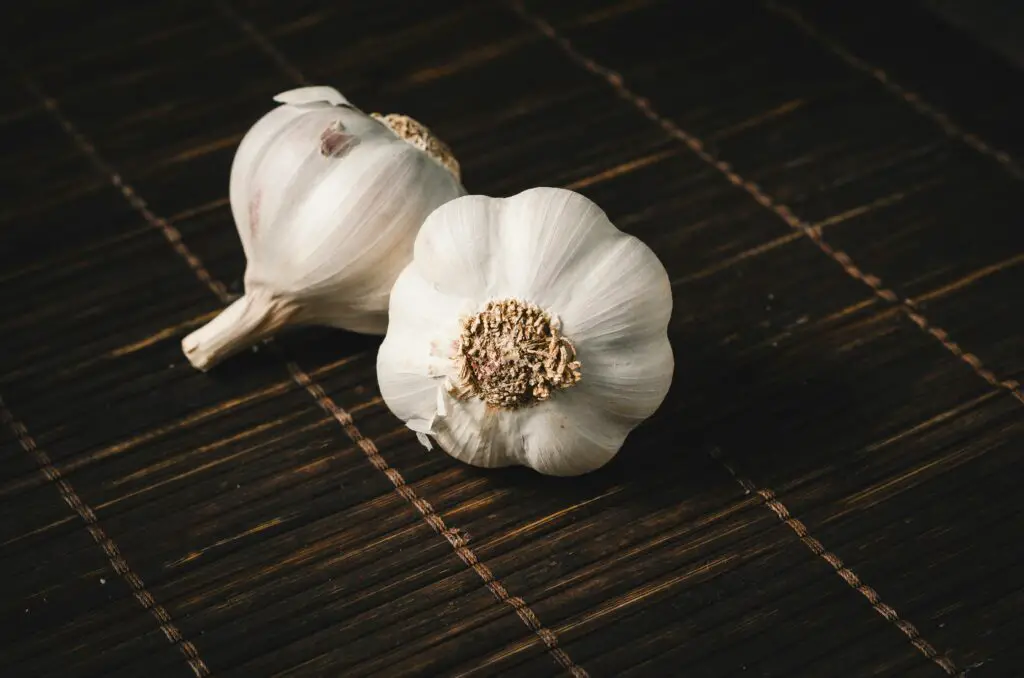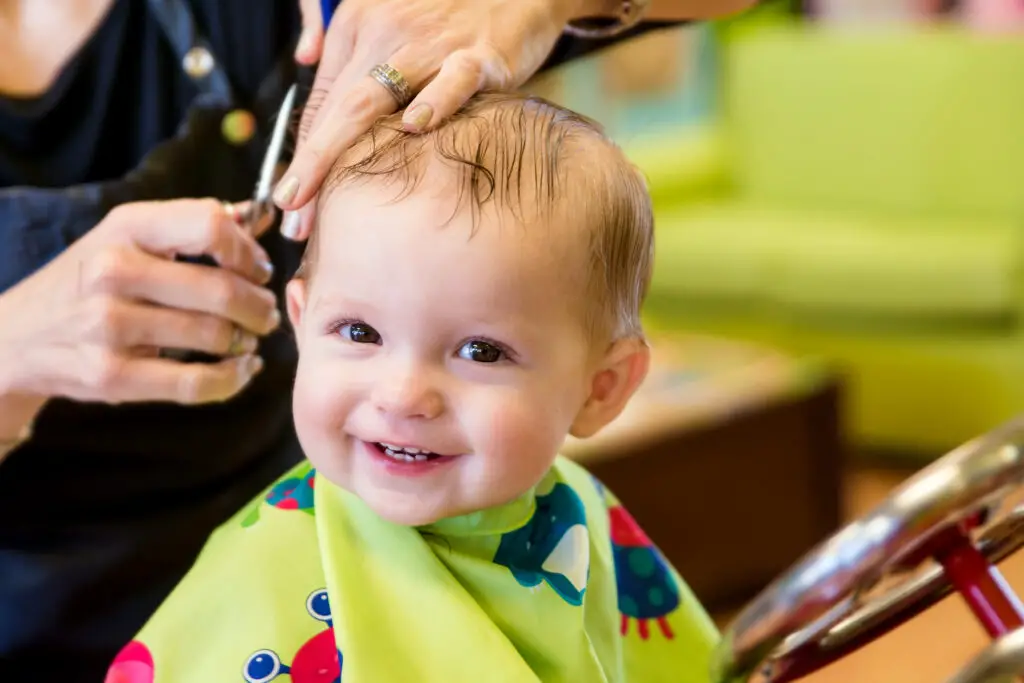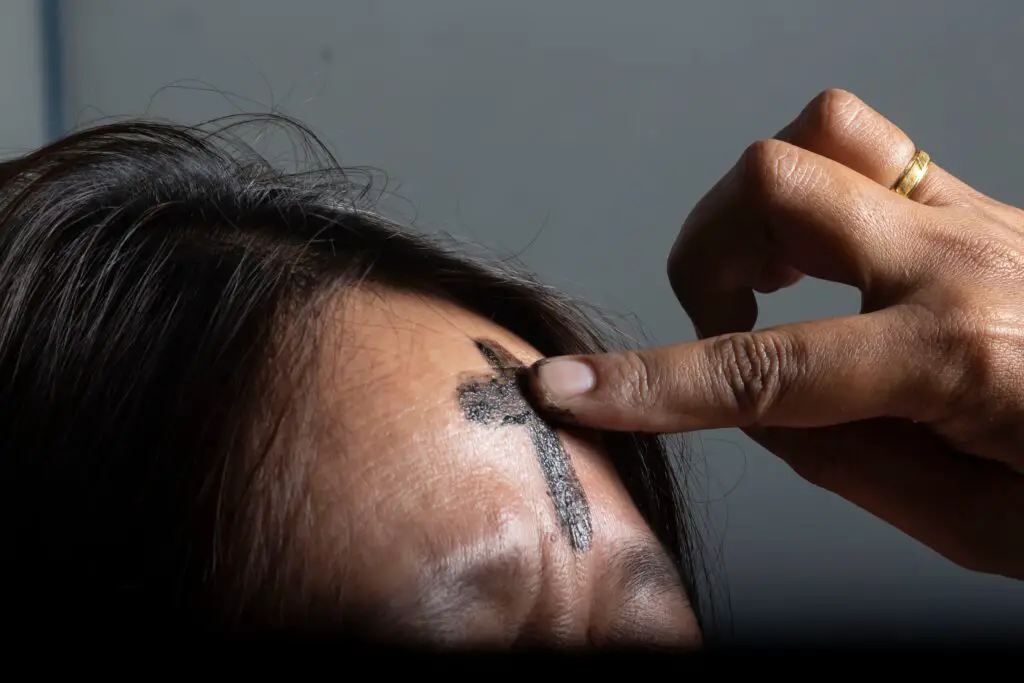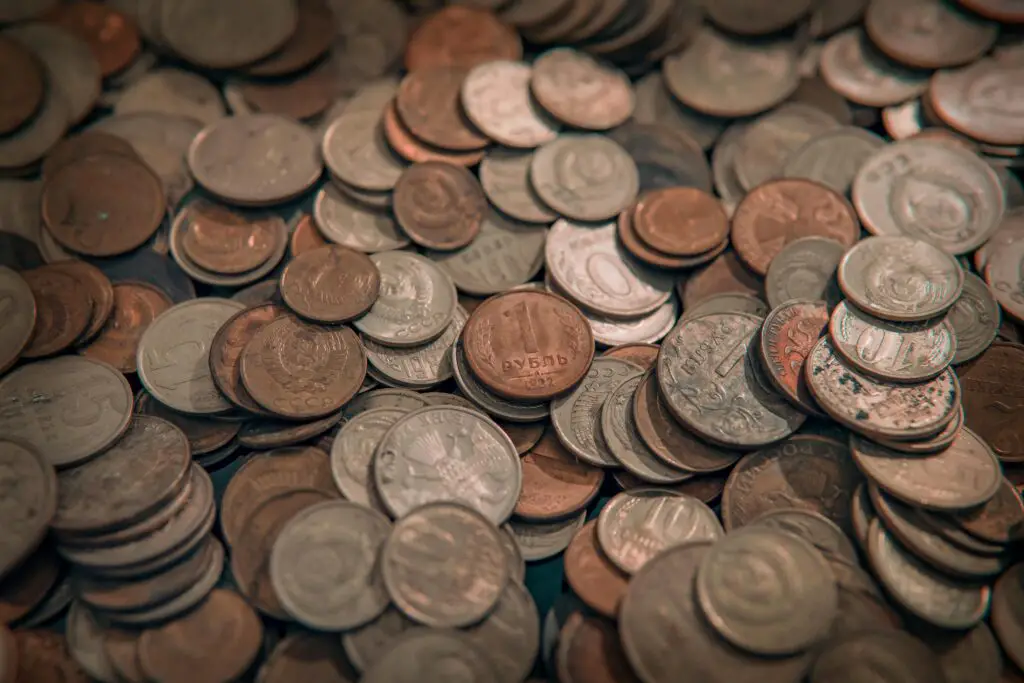1. Sleeping With a Garlic Necklace in Bulgaria

In Bulgaria, kids sometimes wore garlic necklaces at night to ward off evil spirits and bad dreams. It sounds spooky now, but back then, garlic was thought to have magical protective powers, almost like a superhero shield. Parents believed this ritual kept children safe and healthy, especially when medicine wasn’t as advanced. For kids, wearing something that smelled so strong around their neck might have been a little uncomfortable, but it was a badge of protection shares Quora.
This tradition shows how cultures use nature’s gifts to feel secure. Garlic wasn’t just food; it was a symbol of safety. So, what seems odd now made perfect sense as a way to help children sleep soundly. Imagine telling a kid today they need to wear a stinky necklace to keep safe — they might protest, but back then, it was just normal bedtime gear adds New York Times.
2. Holding One’s Breath During Thunderstorms in India

Many Indian families had the habit of teaching children to hold their breath during thunderstorms. The belief was that the air outside during a storm was “dangerous” or full of bad energy, so holding your breath protected you from it. It’s a simple ritual that turned a scary thunderstorm into something manageable, almost like a secret code to avoid harm. For kids, it made a loud, frightening event feel more controlled says Reddit.
While it might seem strange to hold your breath through a rumbling sky, this ritual was a clever way to calm nerves. It distracted kids from the scary noise and made them feel empowered against something they couldn’t control. In a way, it was a form of early mindfulness, helping children feel safer in moments of chaos adds HowStuffWorks.
3. Washing the Feet of Newborns in Japan

In Japan, it was common for families to wash the feet of newborn babies in warm water mixed with sake. This ritual wasn’t just about cleanliness but was believed to bring good luck and protect the baby from illness. The warm water soothed the baby, and the sake was seen as a spiritual cleanser. For parents, it was a tender way to welcome the child into the world, blending care with cultural meaning.
For the babies, it was probably a gentle massage and soothing experience, even if they didn’t understand the significance. This practice shows how rituals can combine practical care with symbolic hope for a healthy future. It’s a beautiful reminder that some traditions mix love and faith to create a safe environment for little ones.
4. Wearing Lucky Red in China

In China, dressing children in red clothes during festivals or important days was a must. Red is considered a lucky color that wards off evil spirits and brings happiness. For kids, wearing bright red was a fun and festive way to join in family celebrations, even if they didn’t grasp all the cultural weight behind it. The color made kids stand out in a joyful way, signaling protection and good fortune.
Parents believed that red clothing kept their children safe from harm, especially during vulnerable moments like the Lunar New Year. It’s interesting how color became a protective charm, transforming ordinary clothes into something powerful. Today, red is still everywhere during Chinese celebrations, showing how traditions keep alive that special feeling of safety and joy.
5. Avoiding Whistling at Night in Russia

Russian families often warned children not to whistle indoors after dark. The superstition was that whistling could invite bad luck or spirits into the home. For kids, this was an easy rule to follow but might have felt a bit frustrating, especially if they loved making noise. Still, it turned into a fun challenge — could you keep quiet and avoid whistling until morning?
This ritual reveals how cultures create small rules to control the unknown. Whistling wasn’t just a sound; it was believed to have power over the house’s energy. While it might sound strange today, it helped kids feel responsible for protecting their home, making them active participants in family safety.
6. Cutting a Child’s Hair on Their First Birthday in Korea

In Korea, there’s a tradition called “doljanchi,” where a child’s hair is cut for the first time on their first birthday. This ritual symbolizes the wish for a long and healthy life, as the hair represents growth and vitality. The first haircut isn’t just about looks; it’s a big celebration involving family and friends. For the child, it’s a day filled with attention and joy, even if they don’t understand the meaning yet.
Parents often dress the child in colorful hanbok clothing and have them pick objects that predict their future. It’s a meaningful way to mark a milestone and bring good luck. This ritual combines hope and celebration, showing how families honor growth in a deeply symbolic way.
7. Eating Dirt to Strengthen Immunity in Mexico

In some rural parts of Mexico, children were sometimes given small amounts of clean earth to eat, believing it would strengthen their immune systems. This may sound shocking now, but before modern medicine, people used natural remedies to protect kids from illness. The dirt was thought to contain beneficial minerals and help build resistance. Kids might have been curious or confused, but they trusted the adults who gave it to them.
This tradition highlights how different cultures use the environment to promote health. While it’s unusual to us, it made perfect sense in a context where medicines were scarce. It’s a reminder that the line between “odd” and “smart” often depends on what knowledge is available at the time.
8. Carrying a Lucky Pebble in West Africa

In parts of West Africa, children often carried small, smooth pebbles believed to bring good luck and protection. These pebbles were more than just rocks — they were thought to hold spiritual power from ancestors. Kids would keep them in pockets or tied in pouches, giving a sense of comfort and courage during tough times like starting school or traveling.
For the child, the pebble was a tiny talisman that made challenges feel less scary. It’s a beautiful example of how cultures use simple objects to connect with deeper meanings. The ritual taught kids about heritage and resilience, wrapped up in a small, handy stone.
9. Smearing Ash on Foreheads in India

In some Indian communities, children’s foreheads are smeared with ash during religious ceremonies to protect against evil spirits and bring blessings. The ash is often from sacred fires and symbolizes purity and protection. Kids might feel a bit messy or curious about this gray mark, but it’s a sign they are part of something larger — a spiritual tradition that links generations.
This ritual combines physical touch with spiritual care, giving kids a tangible reminder of their faith. It’s not just about protection but belonging and identity. The ash mark creates a visible bond between child and culture, making the invisible power of tradition feel real and present.
10. Eating a Piece of Paper at a Nigerian Naming Ceremony

At some Nigerian naming ceremonies, babies are given a small piece of paper with their name on it to eat or swallow. This symbolizes internalizing the name’s meaning and making it part of the child’s identity. The act is more symbolic than practical, and the paper is usually clean and safe. For children, this ritual is a way to start understanding who they are in the world.
It might seem strange to outsiders, but the ritual gives the name a deeper, physical connection. It’s a beautiful way to mark a child’s entry into the community. By “eating” their name, kids symbolically take in the hopes and dreams their family holds for them.
11. Using Owl Feathers to Protect Children in Native American Cultures

In some Native American tribes, owl feathers are given to children as protective charms. Owls are seen as wise and powerful creatures, so their feathers carry spiritual strength. Kids might wear the feathers on necklaces or keep them close during important life events. The feather is believed to guard against danger and help children grow wise and strong.
This ritual connects children to nature and spiritual guides in a very personal way. It’s more than a decoration; it’s a symbol of protection and wisdom passed down through generations. For kids, carrying the feather meant feeling watched over by something greater than themselves.
12. Tossing Coins in the Water at Irish Wells

In Ireland, children would toss coins into holy wells as a ritual to bring good luck and health. These wells were thought to have healing powers, and the coins were offerings to spirits or saints. Kids enjoyed the fun of throwing coins and watching the ripples, making the ritual playful as well as meaningful. It was a simple way to ask for protection and blessings.
This tradition combines nature, faith, and a bit of wishful thinking into a memorable childhood experience. It made invisible hopes feel tangible, like you could throw your wishes into the world and maybe, just maybe, they’d come true. For children, it was a magical moment connecting them to community and faith.
